
Ingredient
Azuki beans (dry)
The Tiny Powerhouse: Azuki Beans
Azuki beans are small, reddish-brown beans with a slightly sweet and nutty flavor. They have a firm texture that softens when cooked, making them ideal for soups, stews, and desserts. These beans are rich in protein, fiber, and essential minerals, making them a nutritious addition to any diet.
Origins and history
Azuki beans have been cultivated in East Asia for over 2,000 years and are particularly popular in Japanese, Chinese, and Korean cuisines. They hold cultural significance in these regions and are often used in traditional desserts like red bean paste and sweet soups. These beans are also known for their health benefits, as they are believed to support kidney function and promote healthy digestion.
Nutritional information
Azuki beans are a good source of protein, fiber, iron, and folate. They are low in fat and calories, making them a healthy choice for those looking to maintain a balanced diet. A 1/2 cup serving of cooked azuki beans provides approximately 120 calories, 8 grams of protein, and 7 grams of fiber.
Allergens
May contain traces of soybeans.
How to select
When selecting azuki beans, look for ones that are plump, shiny, and uniform in color. Avoid beans that are discolored, shriveled, or have a musty odor. Opt for organic or locally sourced beans whenever possible to ensure the best quality and flavor.
Storage recommendations
Store dried azuki beans in an airtight container in a cool, dry place, away from direct sunlight. They can be kept for up to a year. Cooked azuki beans can be stored in the refrigerator for up to 3 days or frozen for longer-term storage.
How to produce
Azuki beans can be grown in a home garden with proper care and attention. They require well-drained soil, full sun, and regular watering. Sow the seeds directly in the garden after the last frost and provide support for the vines to climb. Harvest the beans when they are fully mature and dry them thoroughly before storage.
Preparation tips
To prepare azuki beans, rinse them thoroughly and soak them in water overnight. Drain the beans and cook them in fresh water until tender, which usually takes about 1 to 1.5 hours. They can be used in a variety of dishes, including soups, stews, salads, and desserts. For a sweet treat, make red bean paste by simmering cooked azuki beans with sugar until thickened.
Substitutions
Black beans, kidney beans, or pinto beans can be used as substitutes for azuki beans in most recipes. However, keep in mind that the flavor and texture may vary slightly.
Culinary uses
Azuki beans are commonly used in Asian cuisine, particularly in sweet dishes like red bean paste, dorayaki (pancakes filled with red bean paste), and anmitsu (a traditional Japanese dessert). They can also be added to savory dishes such as soups, stews, and rice dishes for added protein and flavor.
Availability
Azuki beans are widely available in Asian grocery stores and can also be found in some specialty health food stores. They are cultivated in countries like Japan, China, Korea, and India.
More ingredients from this category » Browse all
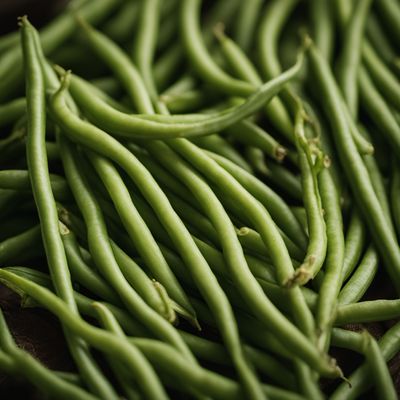
Yardlong beans (dry)
The Nutrient-Packed Legume: Yardlong Beans
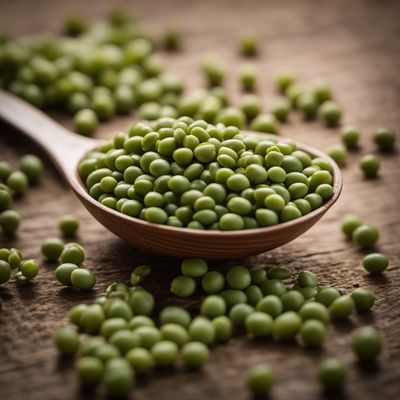
Mung beans (dry)
The Mighty Green Legume

Borlotti or other common beans (dry)
The Versatile Dried Beans

Jack beans (dry)
The Versatile Legume: Unveiling the Wonders of Jack Beans

Runner beans (dry)
The Versatile Legume: Exploring the World of Dry Runner Beans

Black eyed peas (dry)
The Lucky Legume

Ervils (dry)
The Nutritional Powerhouse: Exploring the Versatility of Dry Ervils
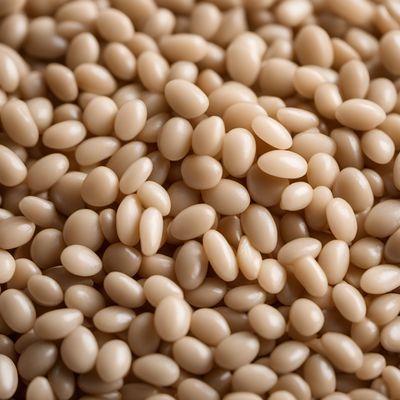
Rice beans (dry)
The Versatile Powerhouse: Rice Beans

Lablab beans (dry)
The Versatile Legume: Lablab Beans

Lima beans (dry)
The Versatile Lima Beans

Stink beans (dry)
The Aromatic Delight: Stink Beans

Monantha vetches (dry)
The Versatile Monantha Vetches
Recipes using Azuki beans (dry) » Browse all

Amanattō - Sweetened Beans
Harmony in Sweetness: Amanattō - A Traditional Japanese Delight

Guihan - Steamed Sticky Rice with Beans and Chestnuts
Harmony in a Bowl: Steamed Sticky Rice Delight with Beans and Chestnuts

Sekihan - Japanese Red Bean Rice
Harmony in a Bowl: Sekihan - A Celebration of Japanese Flavors
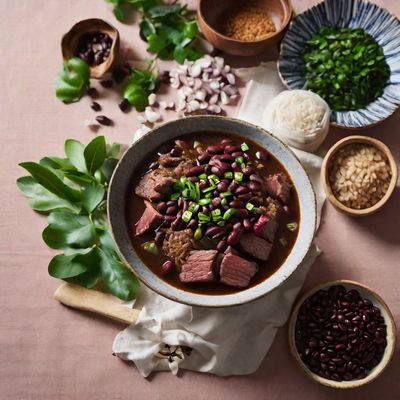
Feijoada Adapted to Japanese Cuisine
Sakura Feijoada: A Japanese Twist on a Brazilian Classic
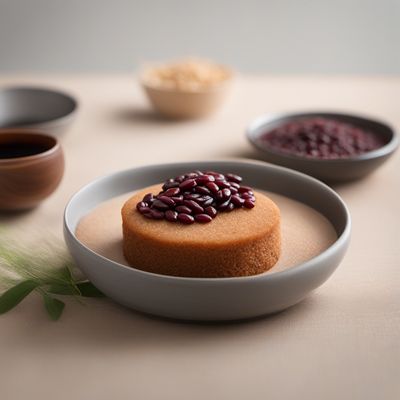
Homemade Sticky Rice Cake with Sweet Red Bean Filling
Heavenly Delights: Sweet Red Bean Filled Sirutteok
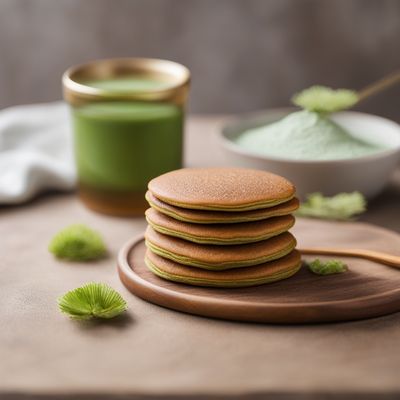
Homemade Matcha Dorayaki
Matcha Delight: Homemade Japanese Green Tea Pancakes

Shandong-style Braised Beans
Savory Shandong Beans: A Hearty Delight from the East

Homemade Sakura Rakugan
Delicate Cherry Blossom Sweet Treats
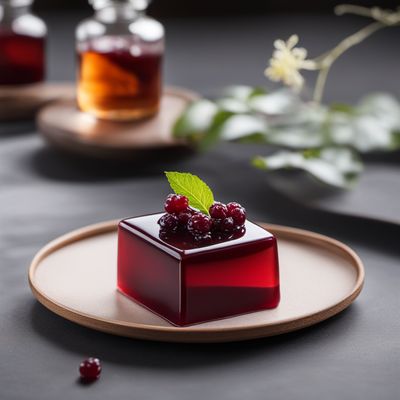
Chinese American Style Red Bean Jelly
Sweet and Silky Red Bean Delight

Okinawan Rice and Beans with Braised Chicken
Savory Harmony: Okinawan Rice and Beans with Tender Braised Chicken

Sweet Red Bean Soup
Velvety Delight: Sweet Red Bean Soup

Tsukisamu Anpan - Sweet Red Bean Buns
Moonlit Delights - Irresistible Sweet Red Bean Buns